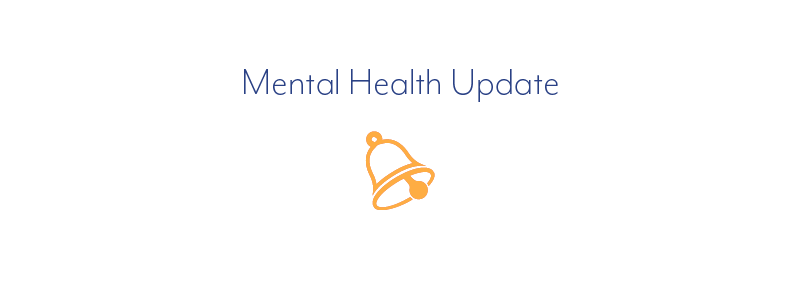Mental Health Update

MH Update – 5/28/21 – Suicide Completions in the Construction Industry—Crain’s Health Pulse
Today’s Crain’s Health Pulse discusses issues of suicide completion in the Construction Industry. Many solutions are based on public education. The more broadly we can share Suicide Prevention Education, Mental Health First Aid, MHANYS CarePath Program and Mental Health and Wellness 101, the better the chances of getting people the help they desperately need across all sectors.
Getting city construction workers the help they need to fight the sector’s suicide crisis
New York has come a long way in addressing the issue of suicides in the state, having achieved one of the lowest rates in the country. Despite that success, the construction sector—part of the booming real estate industry—remains plagued by such deaths.
Construction workers face immense stress from the unpredictable nature of their job—exacerbated by the pandemic, said Mike Fratianni, managing director of construction for Midtown-based developer Lendlease America. The industry has a suicide rate of about 53 per 100,000 people, he said. Last year the national average was 14 per 100,000 people, and New York’s rate was about 8 per 100,000, ranking it 49th of all states, according to the American Foundation for Suicide Prevention.
Lendlease was rightly concerned by the issue and has implemented a program and protocols to help construction workers access the help they need.
“Before we can even address the issue, we need to get them to talk openly,” said Fratianni, who spearheads his firm’s suicide prevention steering committee. “Communication is key.”
Read on for an excerpt from Fratianni’s conversation with Crain’s reporter Shuan Sim to commemorate Mental Health Awareness Month.
What affects construction workers’ mental health?
There are fluctuations in the work available, and the workforce rides those ebbs and flows of projects. Also, people like routine, but in construction, it’s common to deal with changing environments all the time, which is stressful. The pandemic increased those changes at the workplace, so many thought they couldn’t keep up.
How did the pandemic create challenges?
It reduced the amount of work available. Job insecurity certainly leads to economic insecurity. For those who do have work, the criteria for how they could work during the pandemic changed all the time. You might have one state mandating shutdowns on projects or others requiring social distancing or that hours be limited. There were also limitations on the number of workers on sites. Until the CDC standardized some of these issues, it was stressful to adapt to every single change.
How pervasive are these problems?
This is an industry that is 80% men, and that’s the majority of people contributing to the high suicide rate. There is that macho image of a construction worker projecting toughness. People oftentimes are not willing to talk about their problems because they’re afraid someone might think of it as a weakness. But it doesn’t have to be that way. It’s OK to seek help. A lot of times it’s as simple as sharing your problems with others, and people are surprised how many are experiencing the same thing.
What is your company doing to solve this problem?
For every project startup now, in every mobilization toolkit, mental health awareness is a part of that. Oftentimes when a suicide happens, people say, “I never expected it from so-and-so.” But that’s unexpected only because we’ve been dismissing the signs. I hope we learn never to dismiss these signs again.
A full version of this article will appear in the May 31 print edition of Crain’s New York Business.